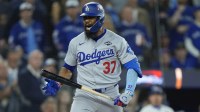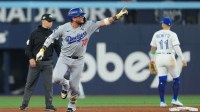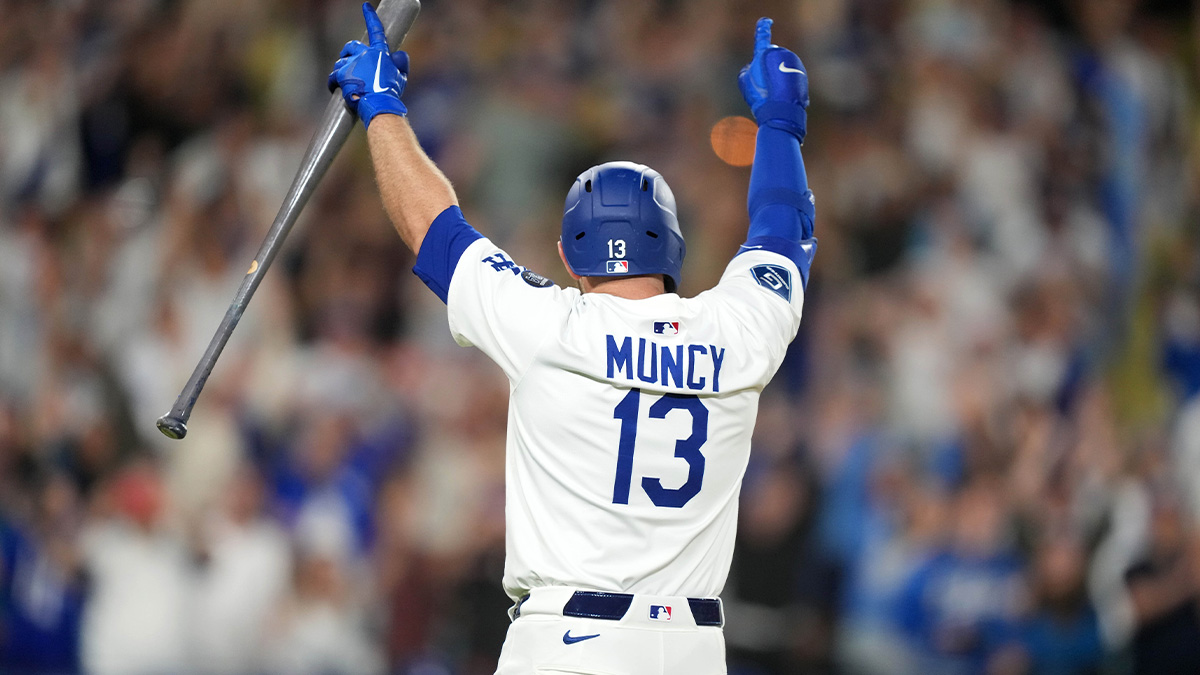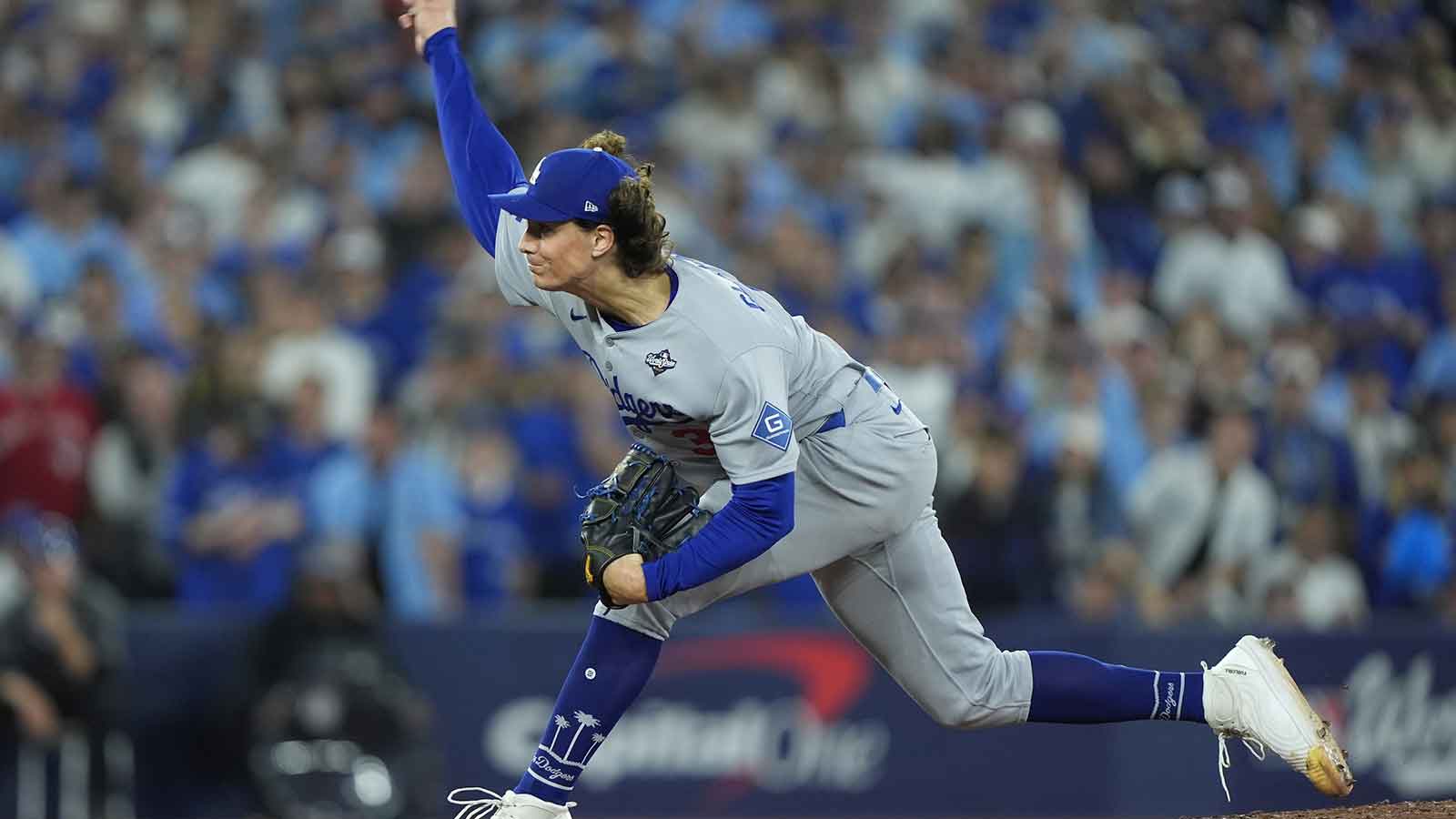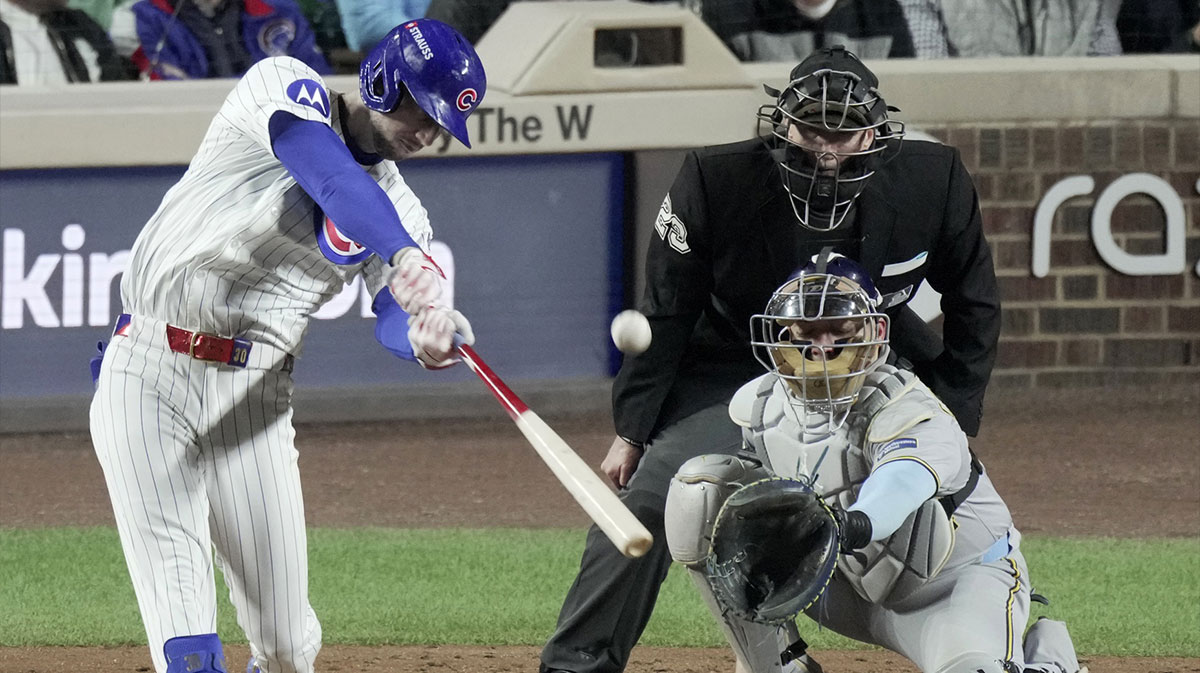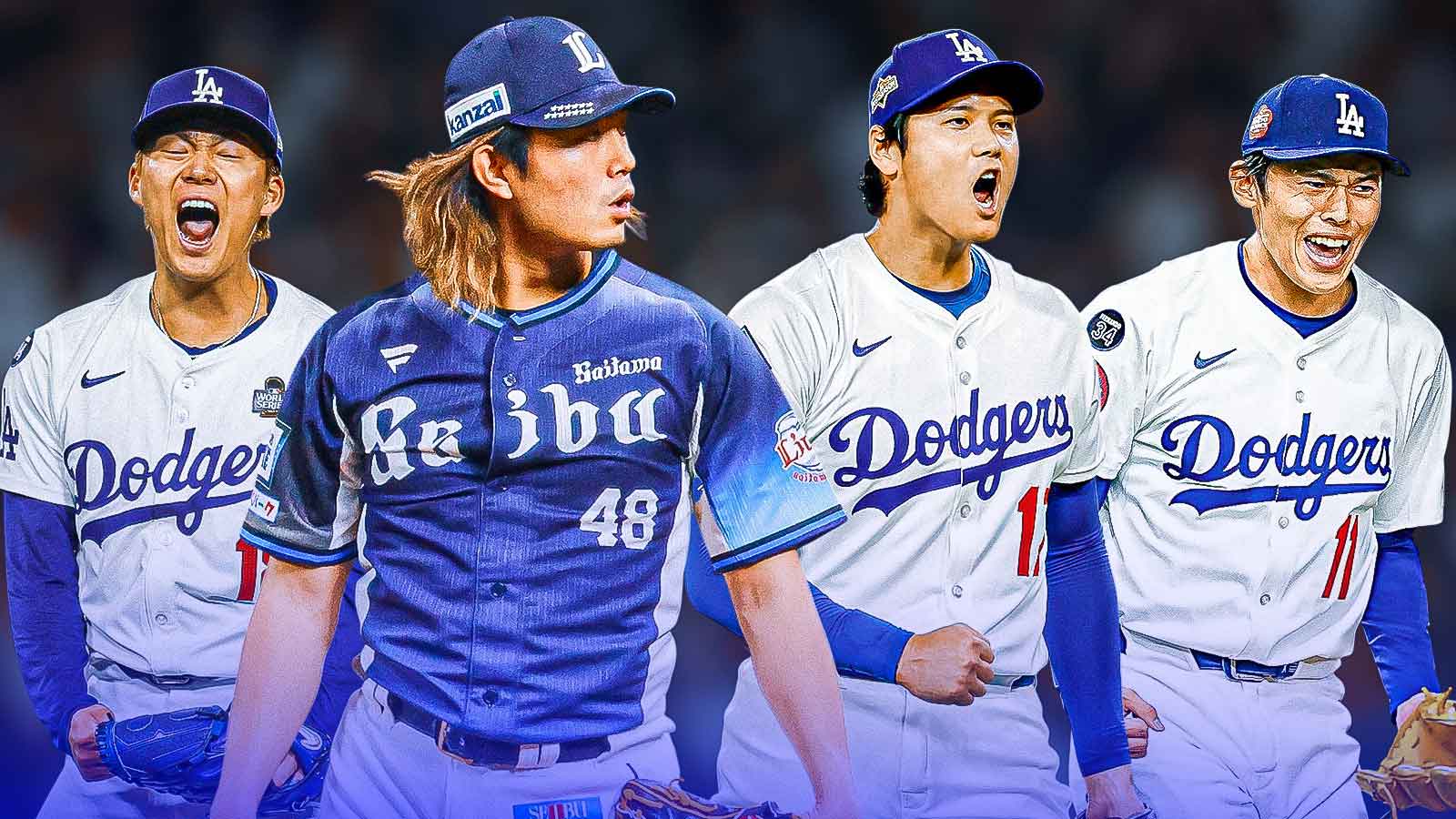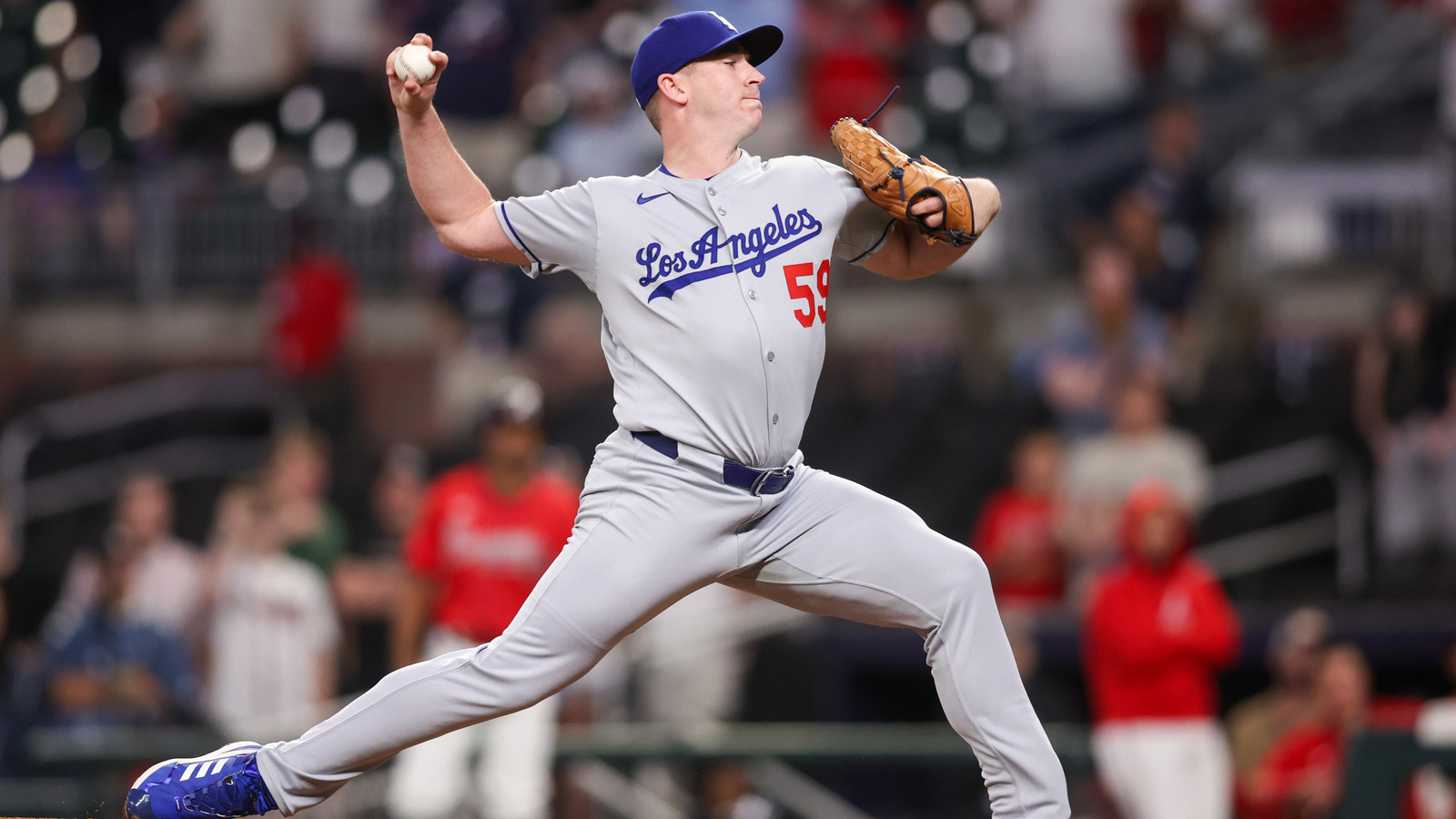The Los Angeles Dodgers entered the 2025 World Series as baseball’s most expensive roster, built on superstars and certainty, aiming to repeat as champions. But Friday at Rogers Centre, that confidence shattered in nine unforgettable runs. The Toronto Blue Jays offense capitalized on every mistake, and the Dodgers bullpen imploded in historic fashion as L.A. dropped Game 1 of the 2025 World Series, 11-4.
Game 2 begins Saturday night in Toronto, and the urgency is unmistakable for the Dodgers. One more night like Friday, and this $300 million powerhouse could be chasing shadows before the series even shifts west.
What happened in Game 1 wasn’t a fluke. It was the breaking point of the same pattern that followed the Dodgers all season. The team relied on dominant starting pitching, dealt with inconsistent relief work, and suffered from tactical misfires in the middle innings. The Dodgers didn’t just lose a game. They exposed a blueprint flaw months in the making.
Starting pitcher Blake Snell entered Game 1 with a 0.86 ERA through his first three starts of the 2025 MLB playoffs. In those outings, he struck out 28 hitters across 21 innings and looked like a pitcher built for October. For five innings on Friday, he kept things steady once again. The southpaw was far from his sharpest, but he managed to keep the score even at 2-2 after allowing a two-run homer to Daulton Varsho. Everything shifted in the sixth inning when the Dodgers were finally forced to confront their biggest weakness. Snell walked a batter, gave up a single, and then hit another. With the bases loaded and no outs, the season’s fragility was on full display.
Manager Dave Roberts lingered in the dugout a moment too long. That brief hesitation turned into one of the most costly decisions of his postseason career. By the time Emmet Sheehan took the mound, the pressure had already shifted completely to the bullpen. Three batters later, the game was slipping away.
Toronto struck relentlessly. Sheehan and Anthony Banda combined to surrender nine runs, turning a tie into an avalanche. It was the first nine-run inning in a World Series since 1968, and every pitch felt like another crack in a once-invincible structure. The Blue Jays offense didn’t overpower Los Angeles — it exposed it.
This wasn’t the product of one bad night. It was the predictable end of an unbalanced roster. The Dodgers built around dominance at the top — Shohei Ohtani, Yoshinobu Yamamoto, Snell, and Tyler Glasnow — but treated the bullpen as an afterthought. An injury to Evan Phillips and the absence of Alex Vesia, who is away from the team for personal reasons, stripped away what little stability remained. The organization believed elite starters could hide the flaws in the bullpen. That plan worked until the relievers were forced to cover innings under real postseason pressure.
Through this postseason, the Dodgers bullpen holds a 6.16 ERA, the worst of any playoff team. Their starters have been exceptional with a 1.40 ERA entering the series. The gap between the two has become the story of October. Friday’s loss confirmed that no payroll or analytics model can overcome imbalance when the lights are brightest.
When the game spiraled, so did the team’s composure. Pitchers rushed through deliveries, defenders miscommunicated, and tempo vanished. The moment the Blue Jays offense smelled blood, they didn’t let go. Addison Barger’s pinch-hit grand slam and Alejandro Kirk’s homer turned the inning into a rout. It wasn’t random chaos. It was patience, discipline, and execution from a team that refused to let Los Angeles escape.
Meanwhile, the Dodgers looked stunned, like a team watching its worst fear unfold in real time. Ohtani, the global face of the franchise who joined on a 10-year, $700 million contract in December 2023, could only watch as the momentum slipped away. His arrival helped turn the club into last year’s World Series champion, but that success didn’t shield them from October pressure this time. The Dodgers still looked vulnerable, and their repeat hopes suddenly felt fragile.
Game 1 was more than one bad inning. It was an organizational reckoning. Every layer carries blame. The front office built a roster loaded with star power but light on bullpen depth. The coaching staff trusted the system instead of adjusting to the moment. The players, once calm and composed, tightened up when adversity arrived.
The decisions by the Dodgers skipper will be debated for days, but the truth runs deeper. Roberts had few options. His best relievers were unavailable or out of rhythm. His mid-inning arms lacked experience. He had a rotation designed to control games and a bullpen built on hope. When that plan fell apart, there was nothing left to stop the slide.
What Friday exposed runs deeper than tactics. It was about philosophy. The Dodgers operate on precision, and their success depends on predictability. Postseason baseball thrives on volatility, and the Blue Jays offense brought that chaos. Los Angeles could not adjust. The sixth inning was not random misfortune. It was the system breaking under pressure.
Toronto deserves credit. The Blue Jays offense was disciplined and patient, fouling off tough pitches and stretching at-bats until fatigue and frustration finally broke the Dodgers down. Manager John Schneider’s patience with his hitters paid off. Every decision built toward the explosive inning that sealed Game 1 of the 2025 World Series.
Now the Dodgers turn to Yamamoto for Game 2, hoping to restore order before the series shifts to Chavez Ravine. The right-hander has been their stabilizer this postseason, going 2-1 with a 1.83 ERA, but stability only matters if the bullpen can finally protect it. Another collapse, and the team could face a 0-2 deficit and momentum that no amount of star power can erase.
Friday’s loss was more than a scoreboard setback. It was a reminder that raw talent alone does not guarantee success in October. The roster was engineered for dominance, but postseason baseball rewards depth and adaptability. Until that lesson takes hold, the bullpen will remain the club’s greatest weakness, one even a once-in-a-generation player like Ohtani cannot fix.





